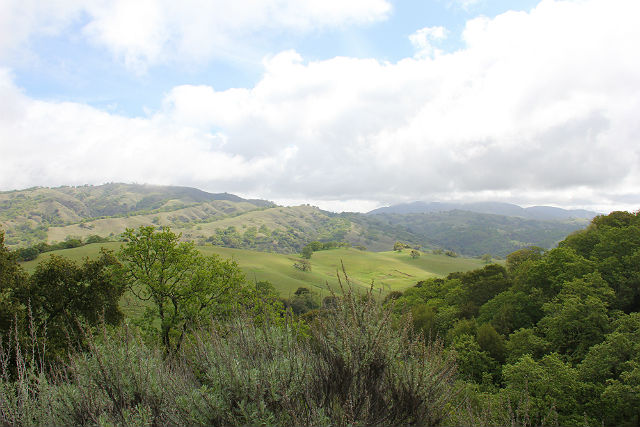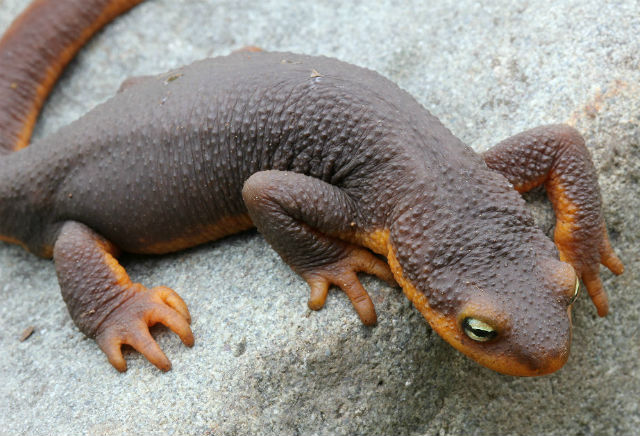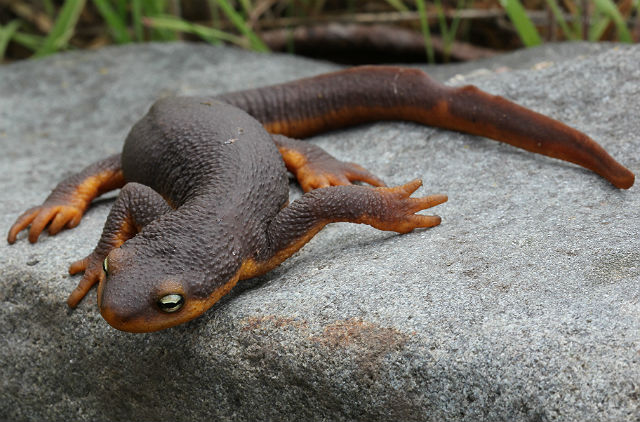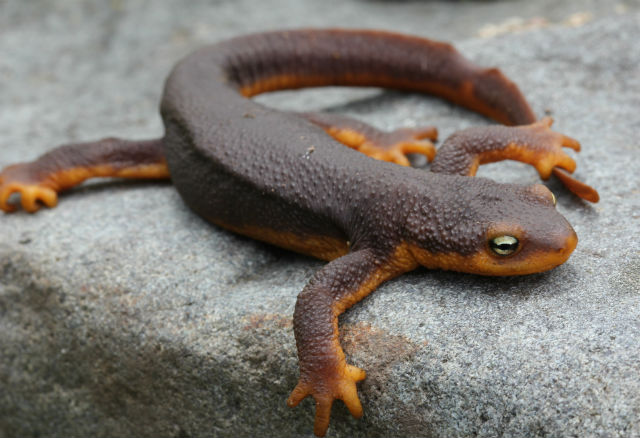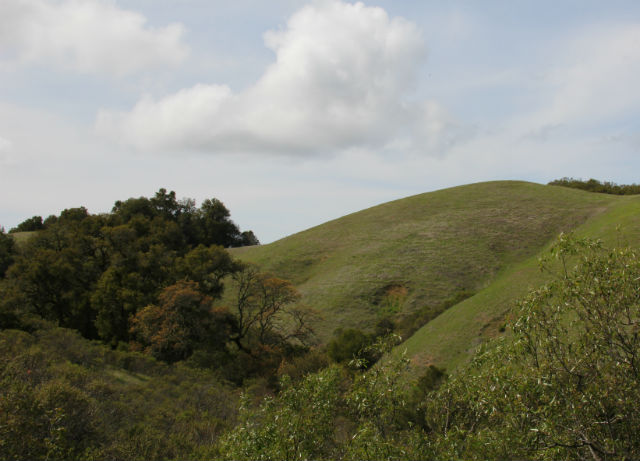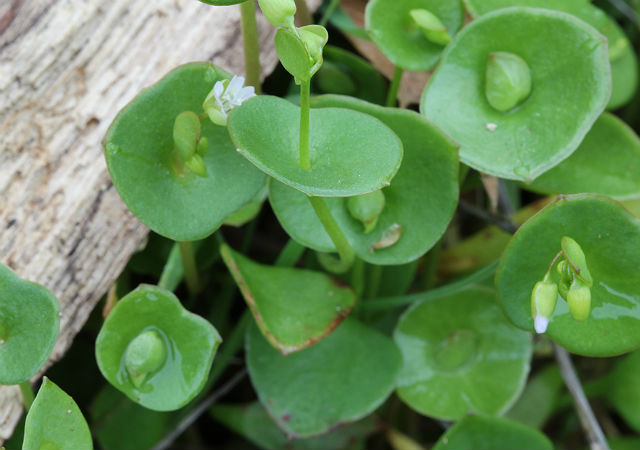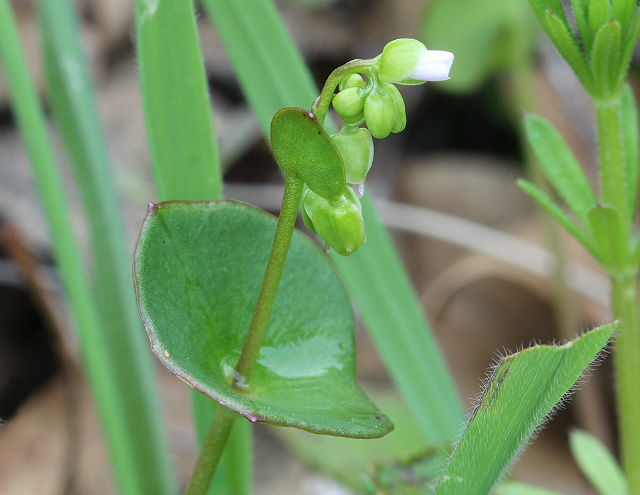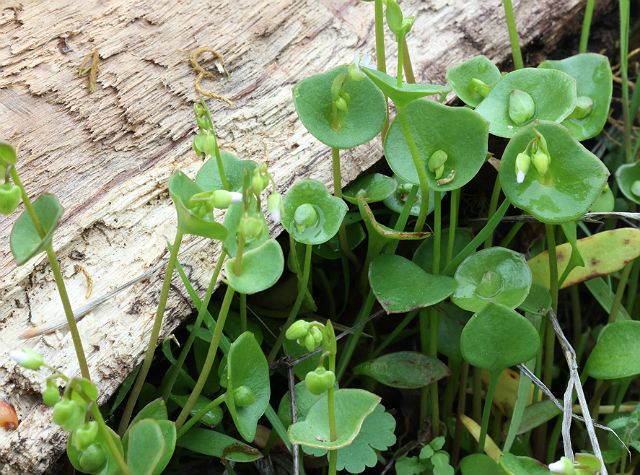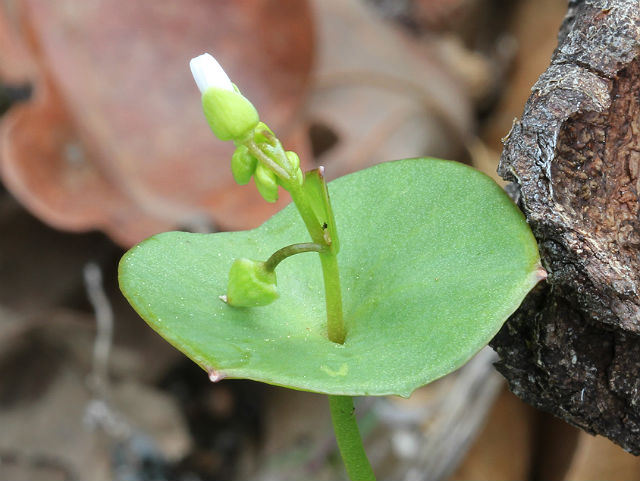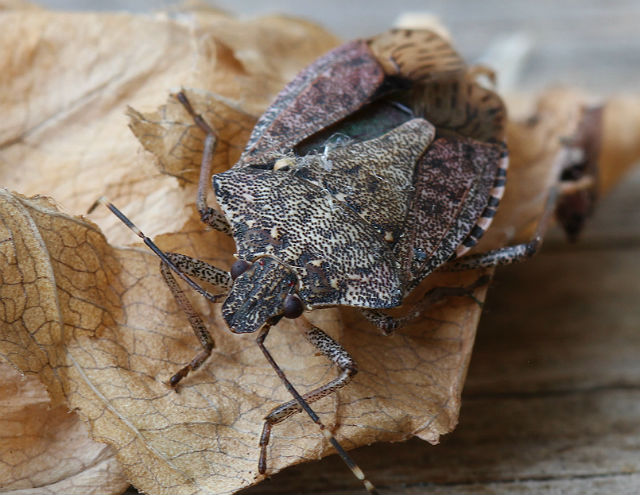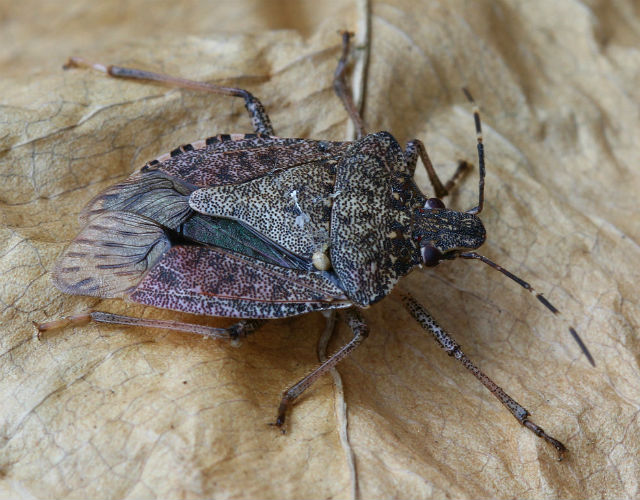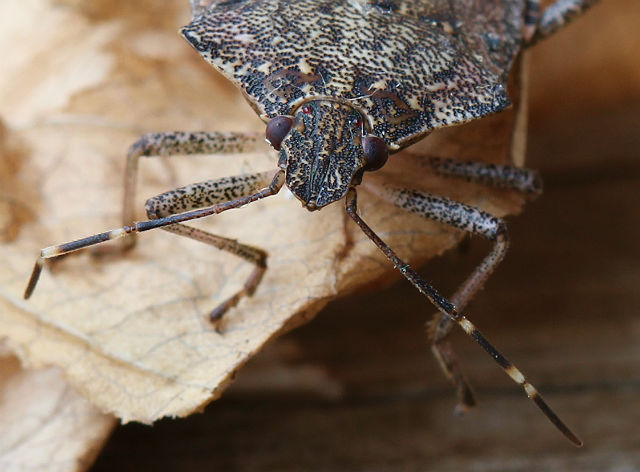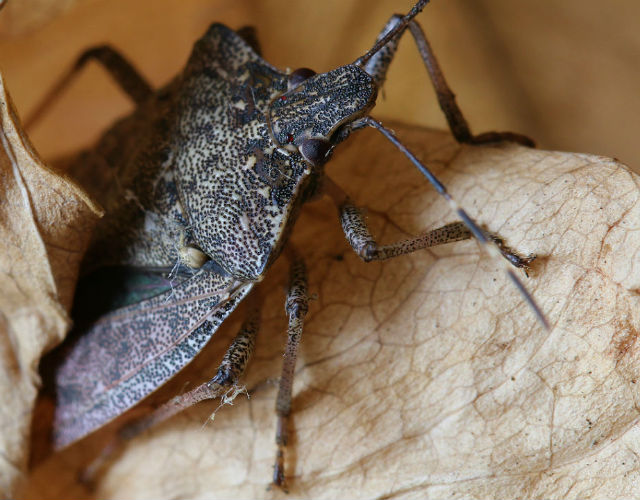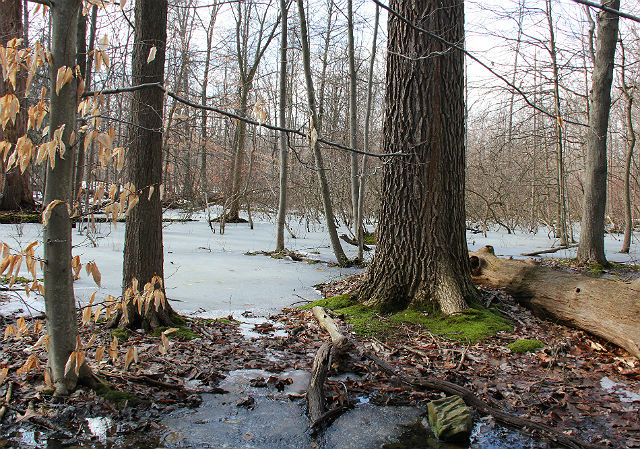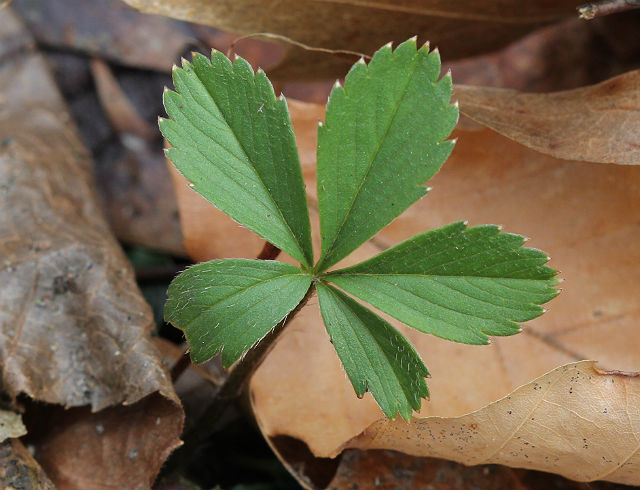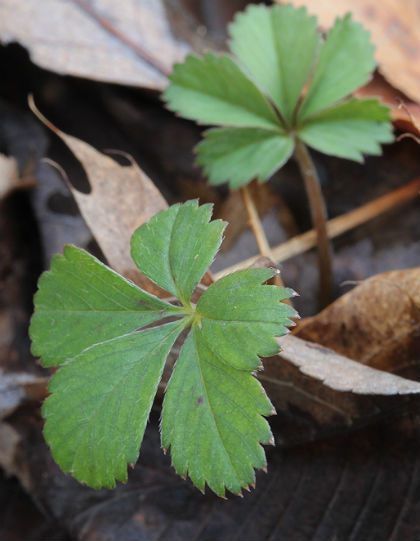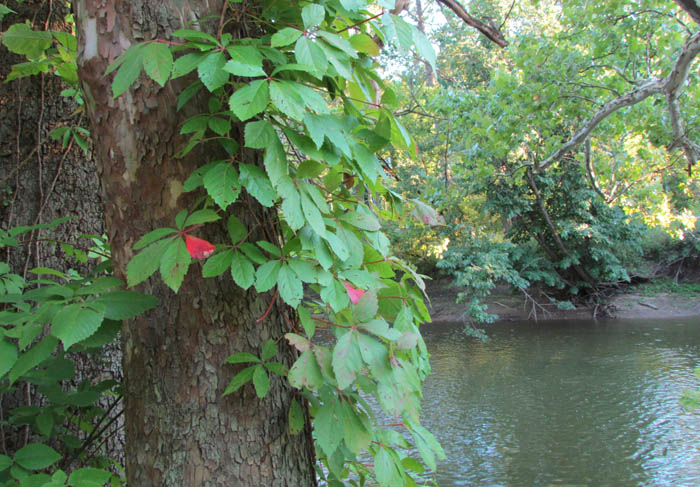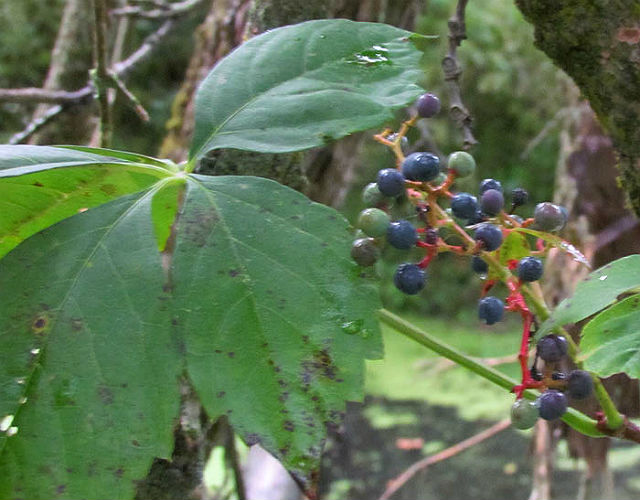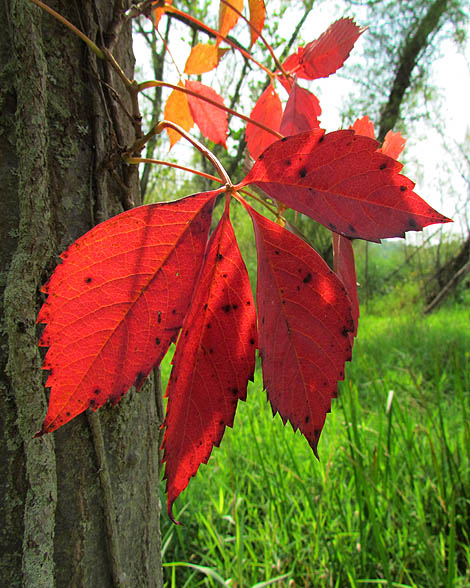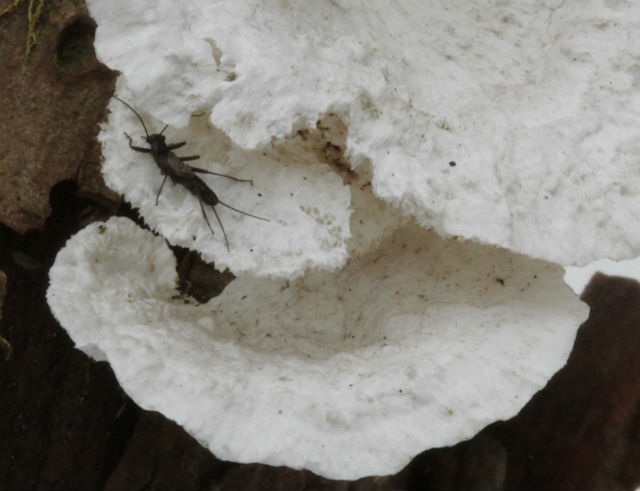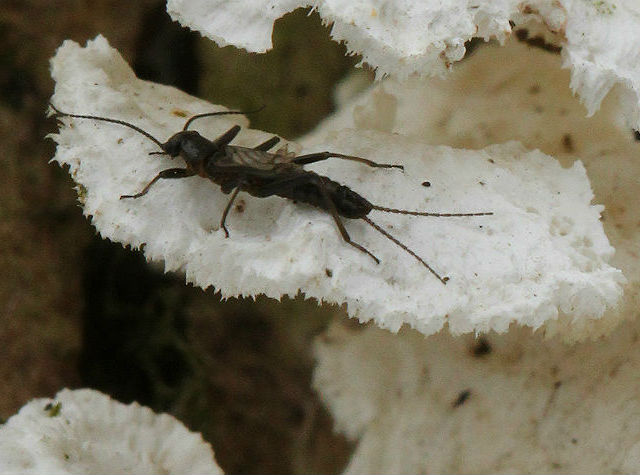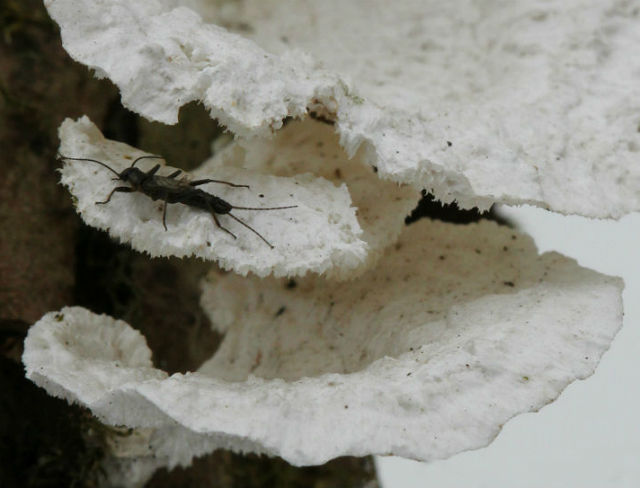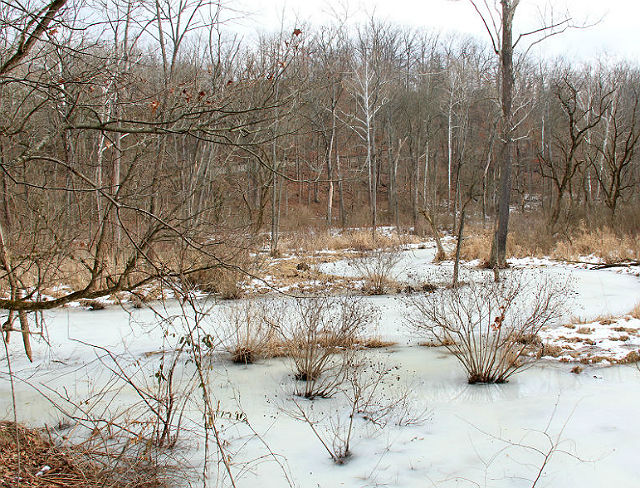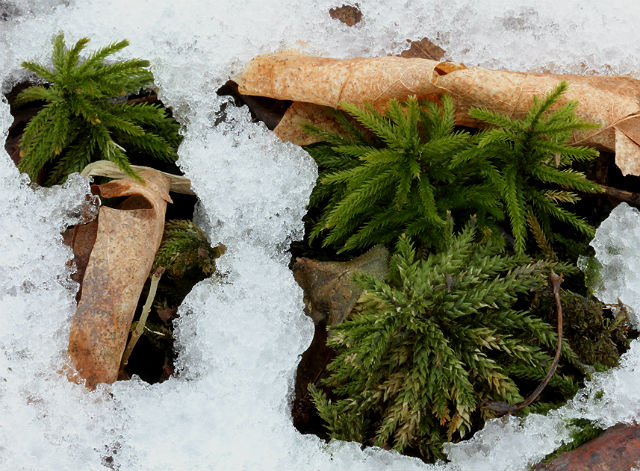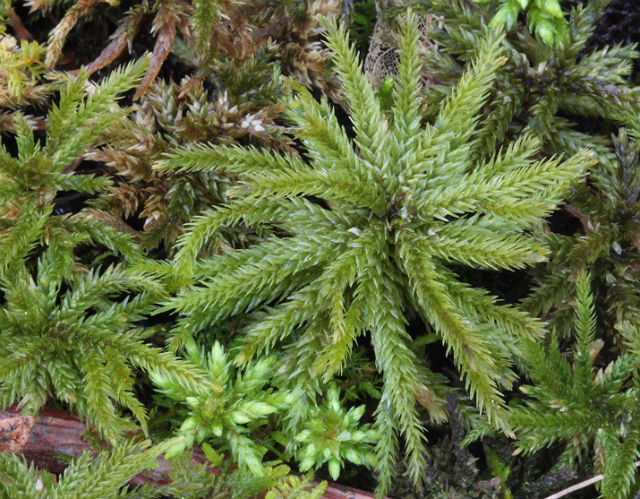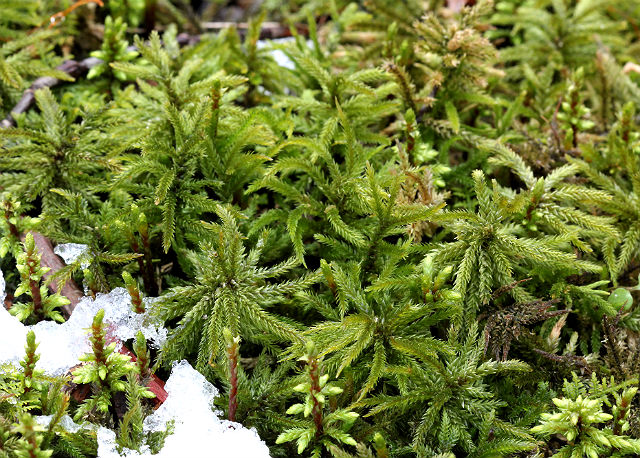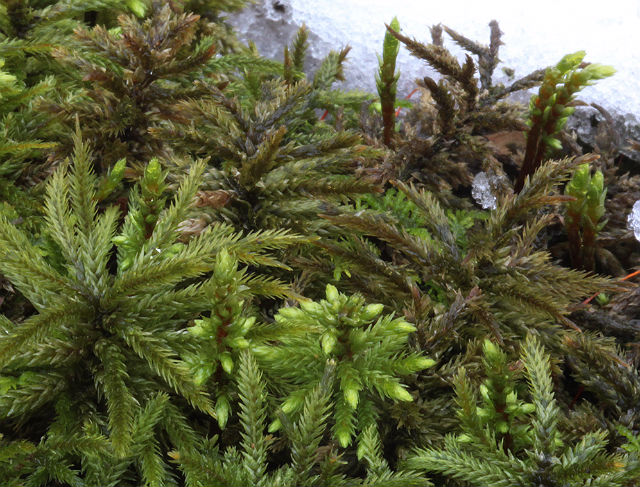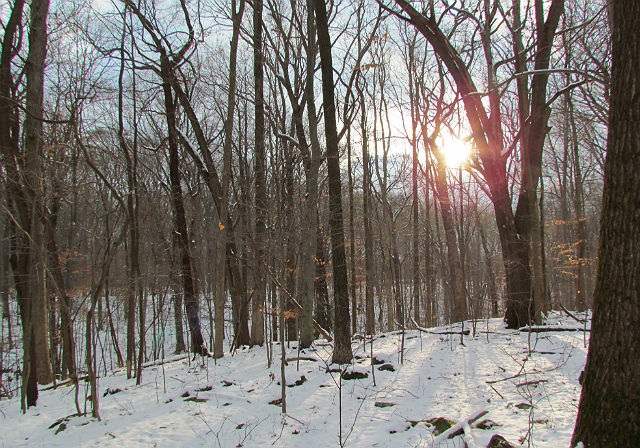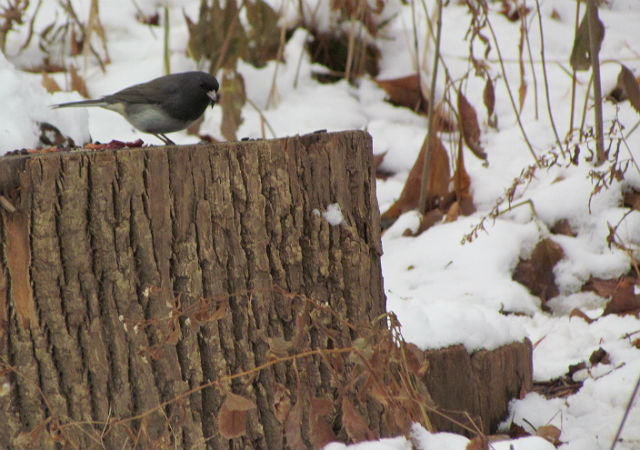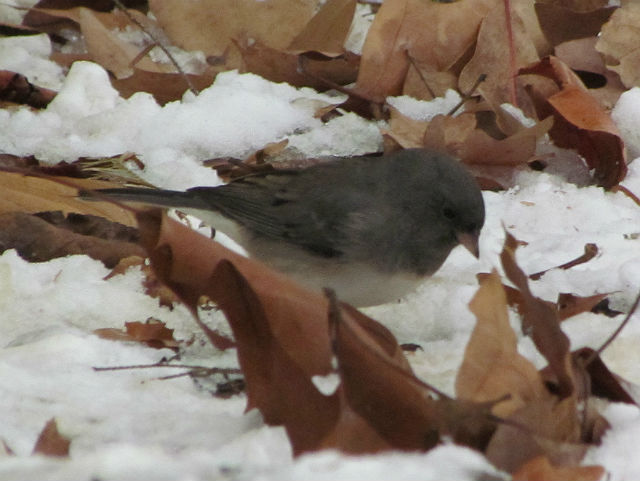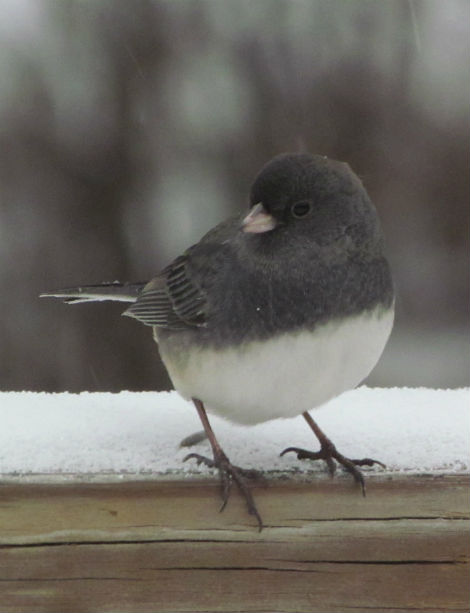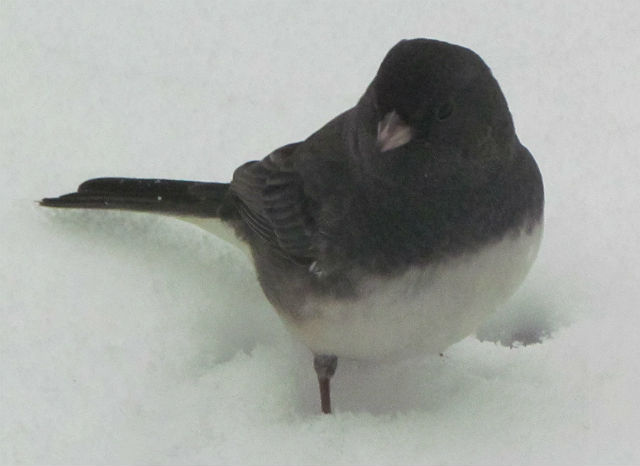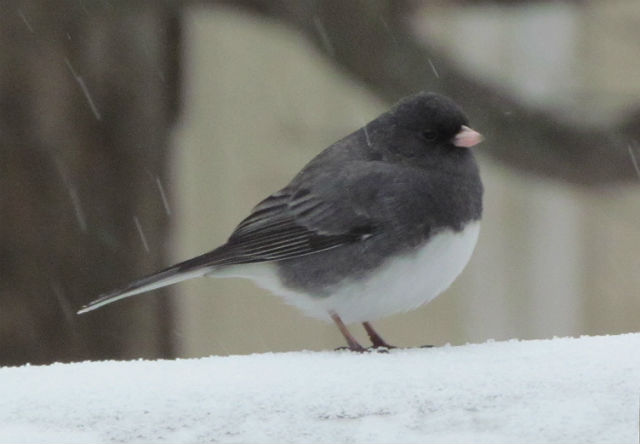California Newts are large salamanders reaching a total length of around 8 inches. They are slow moving and have “expressive” faces. These amphibians have dry, warty skin that is not slimy and are light brown to black with a yellow to orange belly.
The California Newt has a unique way of fending off predators. First they raise their head and point their tail straight out to expose their bright underside as a warning. If the predator attacks, the California Newt secretes neurotoxin through its warty skin and can cause paralysis and or death to its attacker.
They spend the most of their lives under logs and in animal burrows during dry months. But during Spring rains, they migrate to breeding ponds. Several places in California close roads to insure the safe passage of these salamanders.
Newts eat mostly bugs and worms, as well as slugs and snails. When feeding, adults flip out their sticky tongues to capture prey. They can live up to 20 years in the wild.

